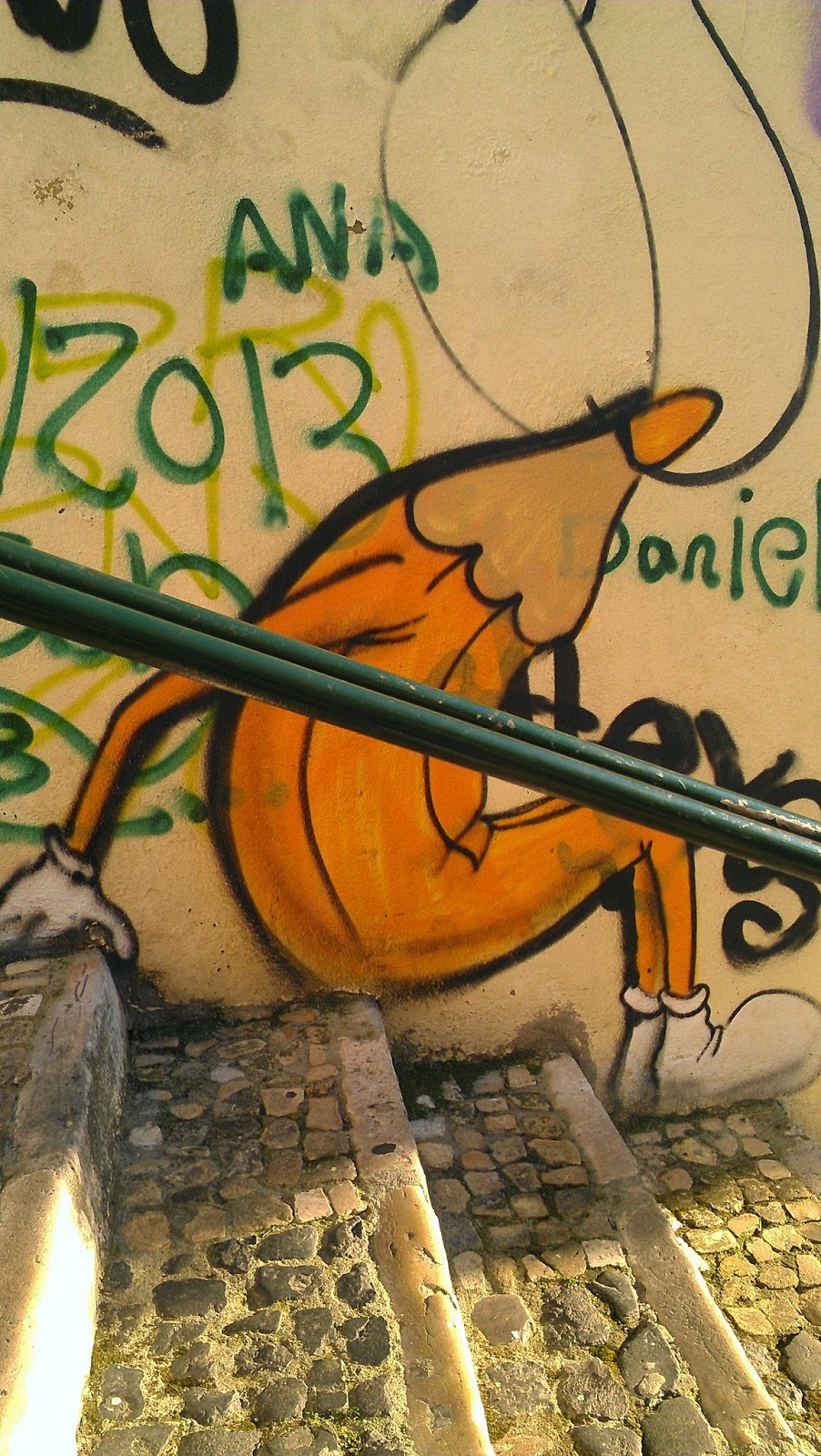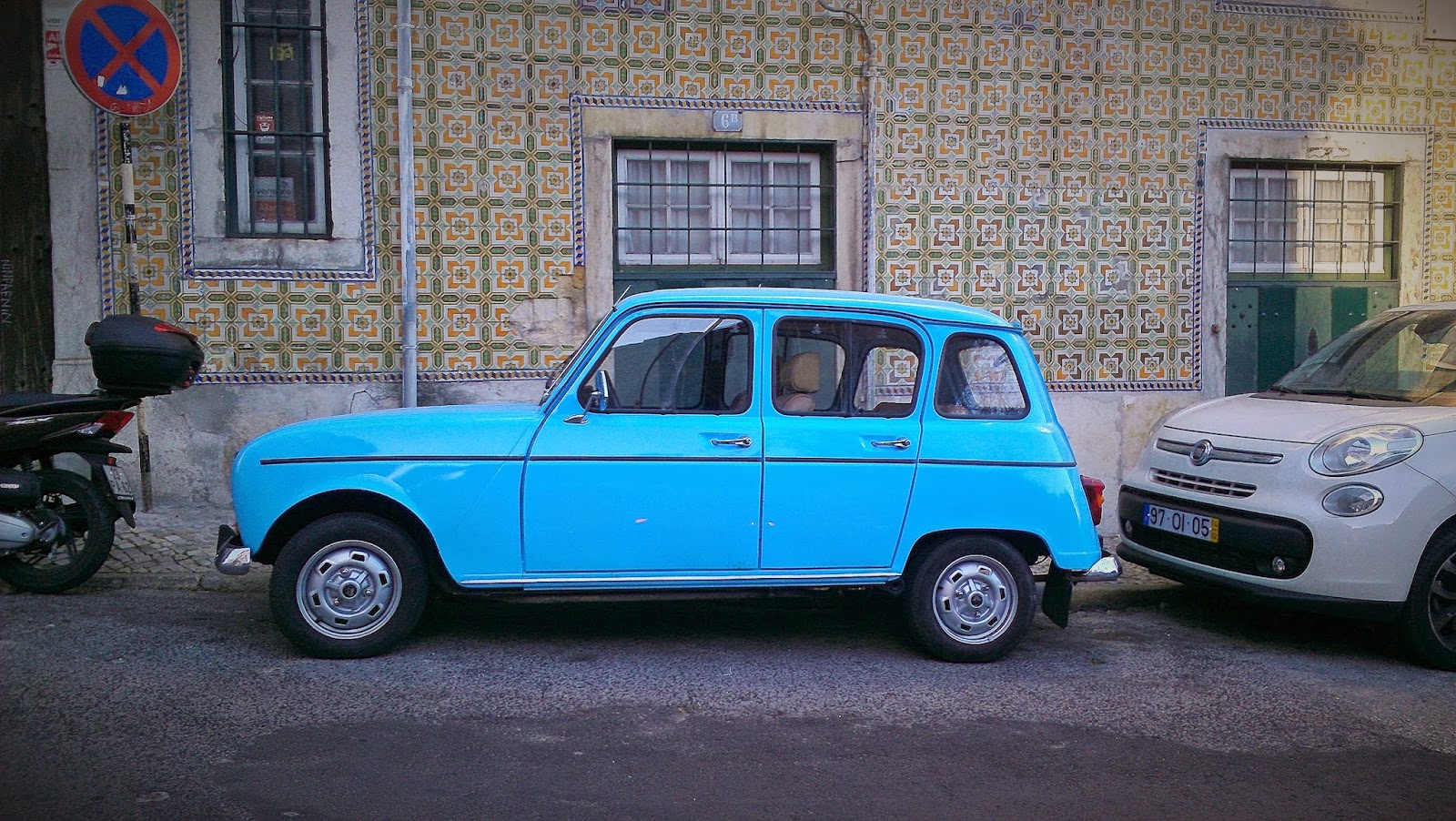Lisbon is one of those places where it’s hard to capture the beauty with a camera. You have to stop often, pause, and soak it all in. Let the breeze sweep over you, turn your face up to the sun, smile a bit to yourself and then push on up the next steep hill, over the buckling cobblestone sidewalks, down the time-worn stone stairs, and around the next bend, where you’ll spy something else that makes you stop in your tracks, exhale sharply, and pause to admire it all over again.

During my entire time there, I found myself repeating two words over and over: impressive, and picturesque. But there was also this feeling of welcoming ease. That is, unless I found myself in one of the heavily crowded, tourist-oriented areas of town. Even then, though, popping into a shop, I’d be met with a friendly bit of conversation, or be greeted with a familiar ‘bomdia nena’ as I passed one of the restaurant hawkers standing out in front of the rows of cafes, attempting to lure non-locals in for a slightly overpriced bite to eat.
Before I left to visit the city, more than one Spanish associate of mine had used the same word to describe Lisbon: decadente. Upon hearing the word, I’d wrinkle my brow a bit and wonder if I was heading to some place that would be characterized by overindulgence or questionable morality. After arriving, however, I realized that what my associates had intended was the definition of decadence that I’d all but forgotten – that being a place characterized by decay or decline, a place that is now a faded vision of its former glory.
 |
| one of Lisbon’s many winding staircases |
 |
| a peeling oled facade interplays with modern street art |
 |
| urban decay never looked so good |
Indeed, Lisbon is peppered with faded, dilapidated buildings, aged streets and sidewalks in need of repair, neglected and peeling facades, and a thin layer of grunge that seems to have lightly settled over almost everything. Yet, at the same time, the city manages to feel extremely modern and cosmopolitan. The efficient transportation system, the trendy shopping and bar districts, the amusing and provocative street art and performers, the cultural mishmash of colors, styles, nationalities, and cuisines you can see and smell as you stroll through the streets. Couple that with the fact that the city is located next to a huge river and not far from the Atlantic Ocean, and you get the sense of constant flow – an unhurried busy-ness that imparts energy that keeps the city renewed and young despite the obvious fact that it is so very, very old.
 |
| forever portugal |
 |
| feelin’ the love in lisbon |
Over the next few days, I’ll be sharing my insights on what to see and do in Lisbon . Here’s a preview of what’s to come:
- Take Up Residence in Pena
- Eat Grilled Sardines
- Skip the #28 and Explore Alfama on Foot
- People Watch at the Port
- Use the Metro
- Sample Affordable, New Portuguese Cuisine
- See the Monuments in Belem
- Take a Day Trip to Sintra or Cascais
- Have a Bifana
- Learn How to Say Thank You in Portuguese
If you’re planning a trip to Lisbon, these travel tips will help you make the most of your time in the city. Bookmark this post, or sign up below to receive the latest posts in the series as soon as they’re published! Read the first post now….





.jpg)
.jpg)
.jpg)

.jpg)
.jpg)
.jpg)








.jpg)
.jpg)
.jpg)
.jpg)
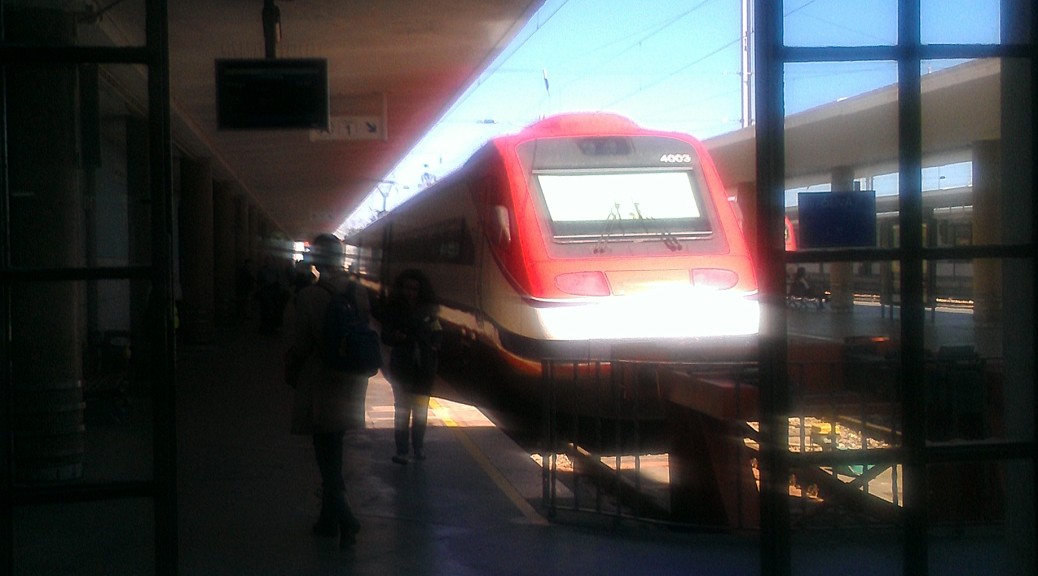



.jpg)
.jpg)
.jpg)
.jpg)
.jpg)
.jpg)








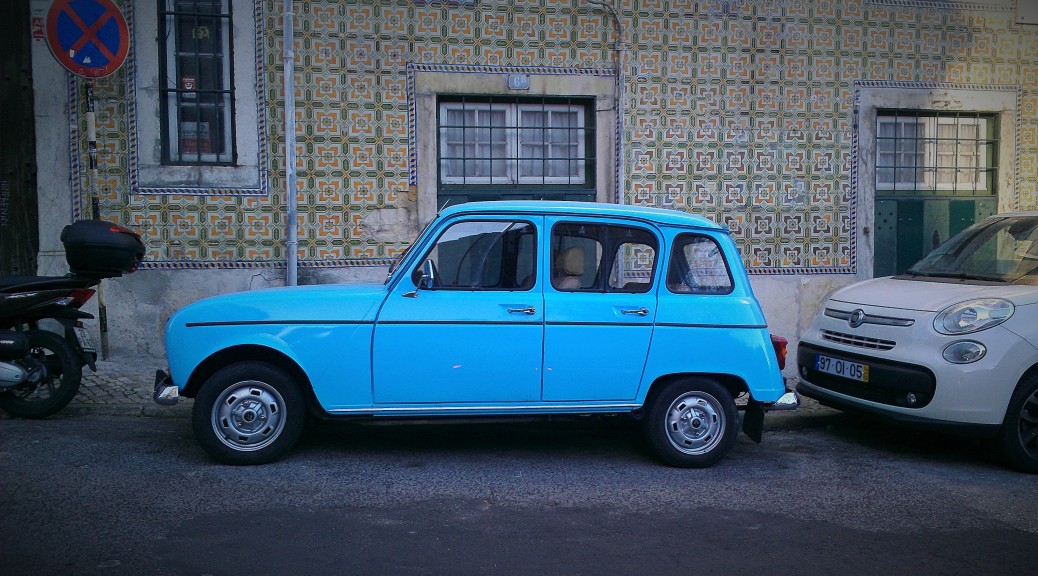
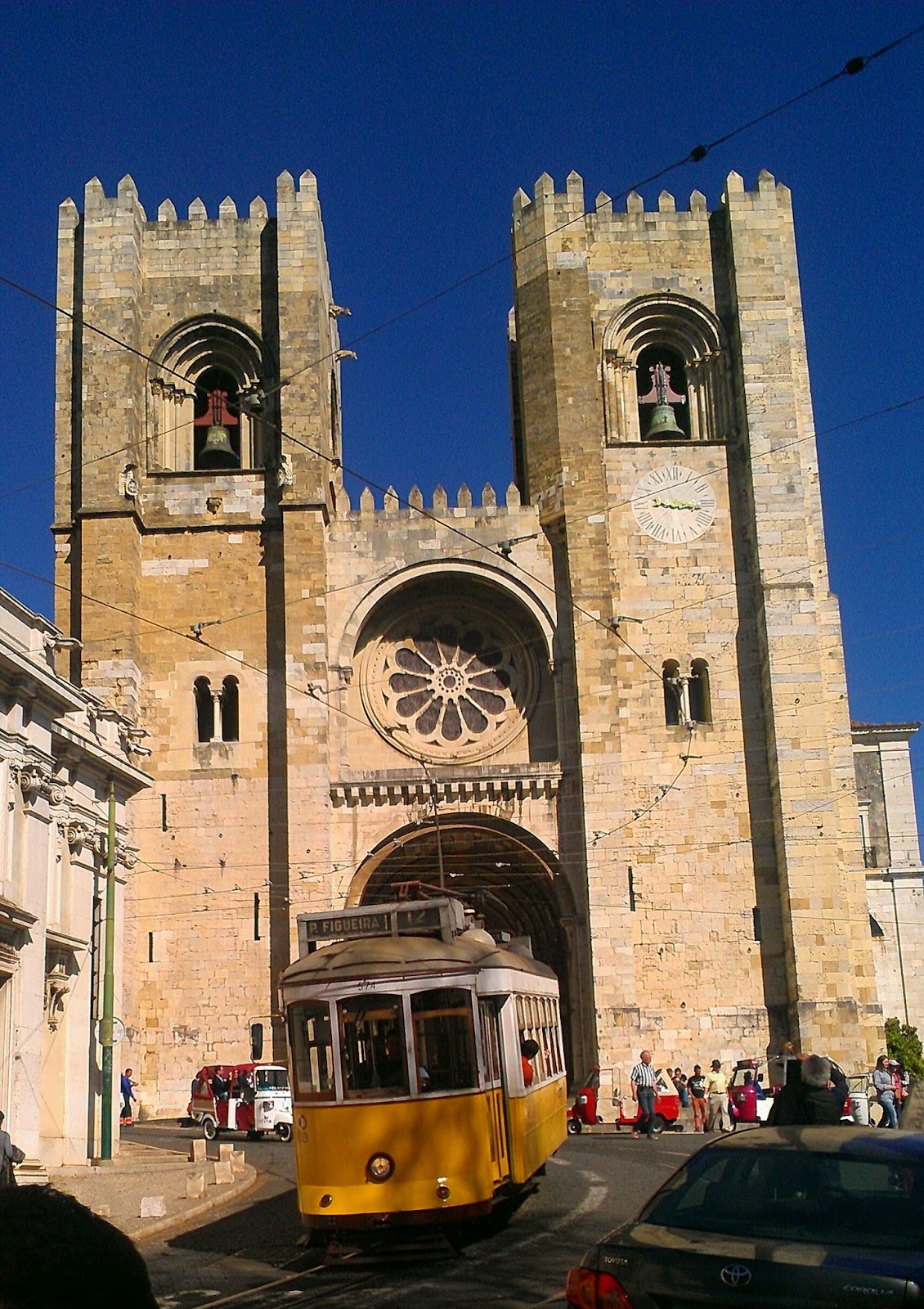
.jpg)
.jpg)
.jpg)
